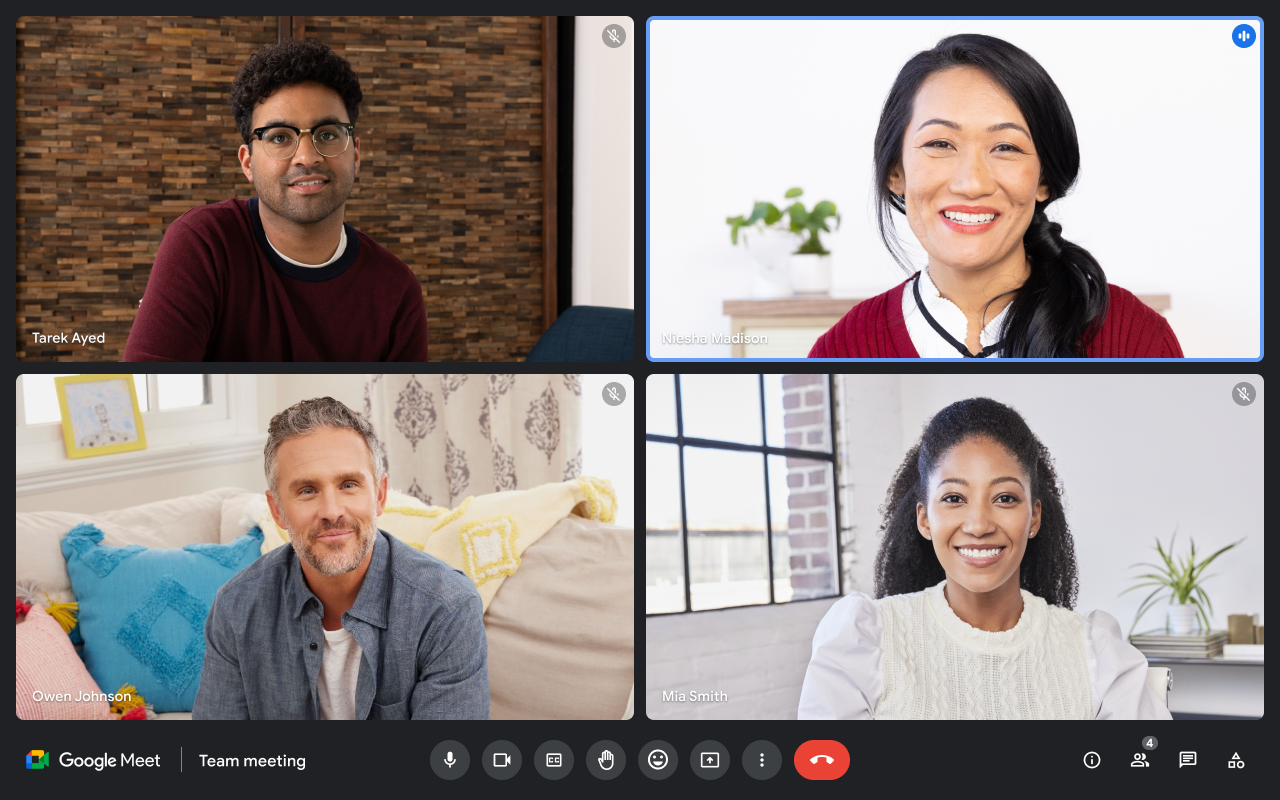Whether you’re a teacher or a student, you’ve probably heard the phrase “Technology is eating the world.” The technology transforming our lives isn’t just social media and mobile apps—it’s also online learning. These days, many schools are complementing their traditional classrooms with virtual learning. Teachers are developing new ways to reach students who have difficulty attending classes in person due to illness, travel, or other reasons. And students are finding education to be more accessible than ever before. Let’s explore how online learning can enhance the traditional classroom experience:
Flexibility

Flexibility, in terms of time and place, is one of the biggest advantages of online learning. You can study when you want, where you want, and at your own pace. You can also work with other students or be alone with your teacher or learning material. This level of flexibility makes it easier for students with responsibilities outside school such as family commitments or part-time jobs.
MOOCs are designed with flexibility in mind: there are no prerequisites for taking an online course; all courses start from scratch regardless of previous knowledge or experience; lectures are available on demand so that learners can review them whenever they want; assignments are submitted via email rather than by post which means there’s no need for printing out anything before sending it off! There’s also plenty of opportunity for interaction between teachers and students through discussion boards where questions can be raised about topics covered during lectures/tutorials etc., making learning more collaborative than ever!
These discussion boards and related questionnaires also make the courses you make on Wise unique. You can build a professional-level course like Coursera at minimum costs.
Customization

One of the biggest benefits of online learning is that it allows for customization.
Students can learn at their own pace, and teachers can customize lessons to meet the needs of individual students. This is especially important for students with special needs or learning disabilities. For example, suppose you have dyslexia and are struggling with reading comprehension. In that case, your teacher may provide you with audio versions of books instead of text-based materials so that you can focus on listening skills rather than comprehension issues.
Teachers also have more options when assessing their students’ progress because they aren’t bound by traditional methods like tests and exams (although these are still an option). Instead, they could use activities like quizzes or surveys which allow them more flexibility when it comes time for grading papers/tests/projects, etc., because even though these types haven’t traditionally been used before there’s no reason why they shouldn’t be!
Reducing Distractions

Online learning is an excellent way to reduce distractions. You can learn anywhere, anytime, and you won’t be interrupted by other people or personal obligations. You don’t have to leave the house or buy books–you can log in and get started!
Also with proper sections and modules that you can use to outline your course, students can pick up where they left off before and start creating better learning experiences for themselves.
This also means that you won’t need as much time as before because no scheduling conflicts or travel plans are involved when taking online classes. Online learning provides a lot more flexibility than traditional teaching methods do; you’ll be able to spend less time on transportation and more time learning what you want from the course material in front of you
Broadening Real-World Experience

Online learning allows students to broaden their real-world experience by connecting them with people and organizations they would otherwise not have access to. For example, a student in a traditional classroom may learn about the importance of water conservation in the desert southwest while living in New England. Online learning allows this same student access to experts on water conservation in California and Arizona who can help them understand how climate change is affecting this region’s water supply, how long-term droughts have affected previous generations’ attempts at building dams for irrigation purposes, and why their state government passed legislation banning bottled water sales within its borders (you’ll never guess why).
Online learning also gives students access to resources that aren’t available at their local library or even online libraries such as Wikipedia or Google Scholar: virtual worlds like Second Life; virtual reality simulations; simulations made specifically for educational purposes like Khan Academy’s financial literacy game “Moneyball”; interactive videos created by teachers themselves using tools like Camtasia Studio; podcasts from leading universities such as The Teaching Company’s Great Courses series which offers professors’ lectures recorded during actual classes held at prestigious institutions around the world including Harvard University Graduate School Of Education And Human Development where Dr. Richard Rothstein teaches African American History From Slavery To Segregation Today
Cost Savings

Online learning is a way to save money and increase efficiency in the classroom. With the internet, students can access information from anywhere, making it easier for them to learn without being physically present at a school or university. Online learning also means that teachers do not have to be physically present either; they can give lessons remotely via video or audio calls and chatrooms where students can ask questions or discuss concepts with each other.
This saves time and money on transportation costs associated with traditional teaching methods such as having teachers drive between schools or colleges every day or week–not to mention saving on gas!
Online learning has a tremendous amount to offer students, teachers, and schools.

Online learning has a tremendous amount to offer students, teachers, and schools. It’s not just about access to information or the ability to take classes from anywhere. Online learning can be used as a supplement for traditional classes, or it can enhance them in ways that would be impossible otherwise.
Online learning is a great fit for many students because it allows them to work at their own pace; those who learn differently from their classmates can benefit greatly from this freedom. Some people have trouble keeping up with lectures or don’t get along well with their peers; others may have other commitments that make attending school difficult or impossible (like working full-time). These obstacles are easily overcome by using an online platform for learning.
So, there you have it. Five ways that online learning can improve traditional teaching methods and make them more effective. No wonder many people are attending online classes for their education needs today!




